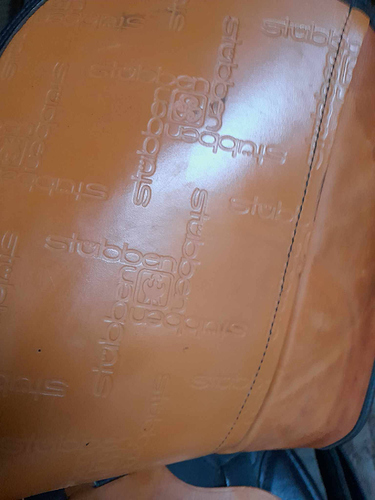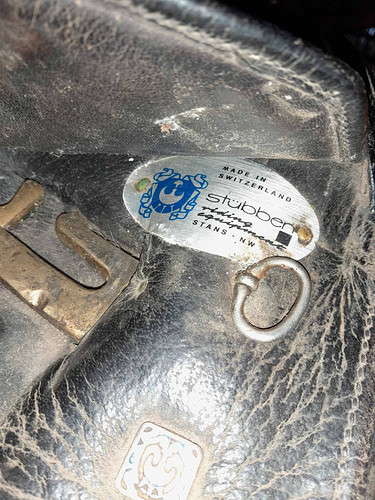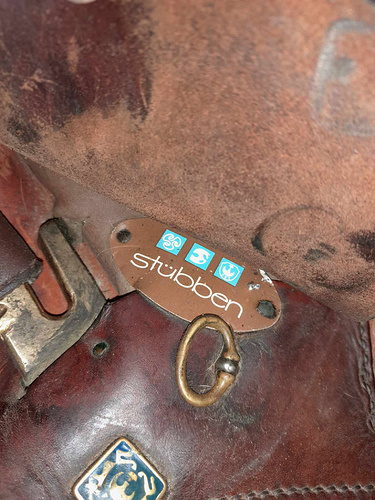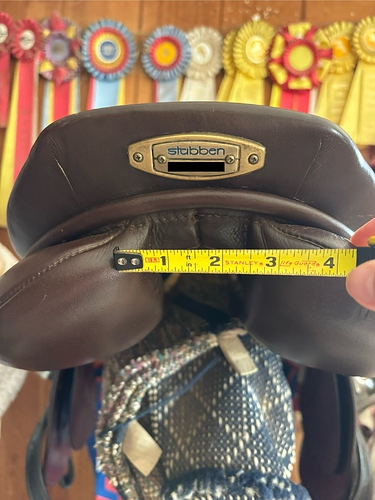I want to collect all these small tips on how to tell the age of old Stübben saddles in same thread. These old saddles that no longer are available in Stübben´s archives.
I have found out this:
-blue nail started 1985, 1975-1984 it was silver with engravings and before that just plain silver.
-sued flaps stopped 1994
-1962-1969 stirrup bar was made of chrome
Does anyone know something about my questions below?
-
Which year did Stübben start to put a plate on the back cantle with their logo?
-
Some saddles have the logo printed on the inside of the flaps, which years did this happen?
-
The metal plate close to the pommel has changed through the years, does anyone know which years which plate was used? I have found out that it changed from brown to silver (new logo) somewhere between 2003 and 2008.
Please enter all your tips!








